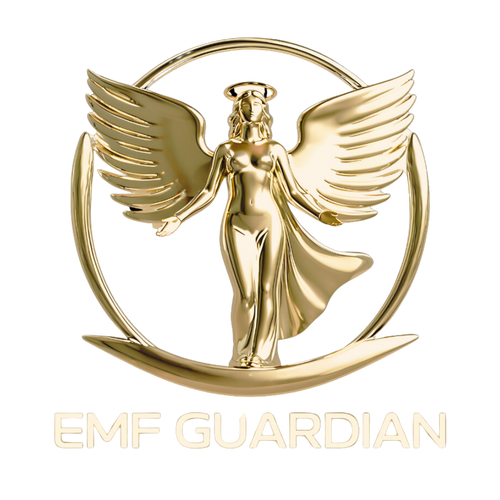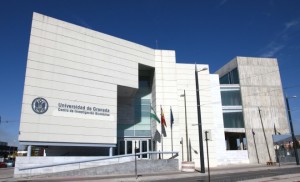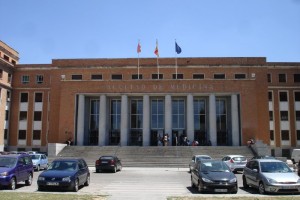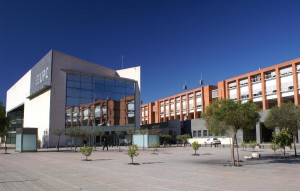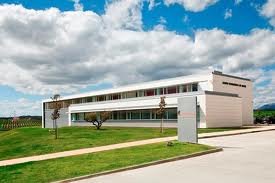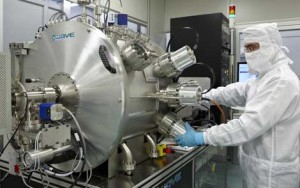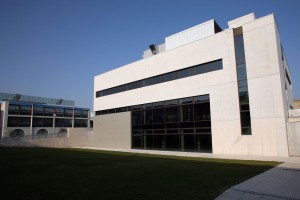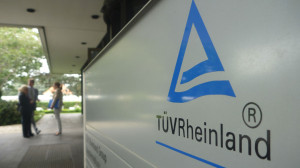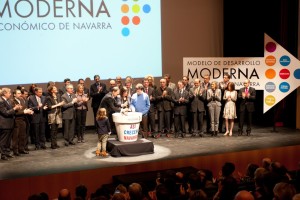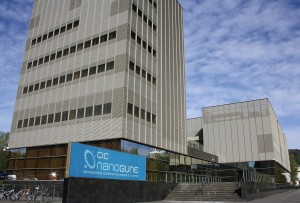Since I have been wearing the EMF Protection jewel I have not had headaches anymore. I put the jewel under my pillow when I sleep and my sleep is much deeper and I feel restored. The Phione EMF Protection device that I put on the back of my mobile phone enables me to use it as before, but without the negative effect of the radiation.
Oh my goodness… I had no idea that a feeling of body security, positivity and all round happiness could be produced by my Personal EMF device, which in turn raises the energy of the planet.
I believe we have a duty of care to love and protect ourselves, as technology is gathering speed and has to go somewhere.
I cannot recommend this device highly enough, along with a wonderful five star service from the EMF Guardian Team. Thank you.
Love, light and peace to all.
Small, lightweight, easy to carry about. No maintenance or batteries required. I have no health problems, using it for EMF protection. Can't give it 5 stars because there's no way of knowing whether it does the job without blood chemistry. It's an act of faith. You either believe in the Spanish scientists work or you don't. I took a chance.
